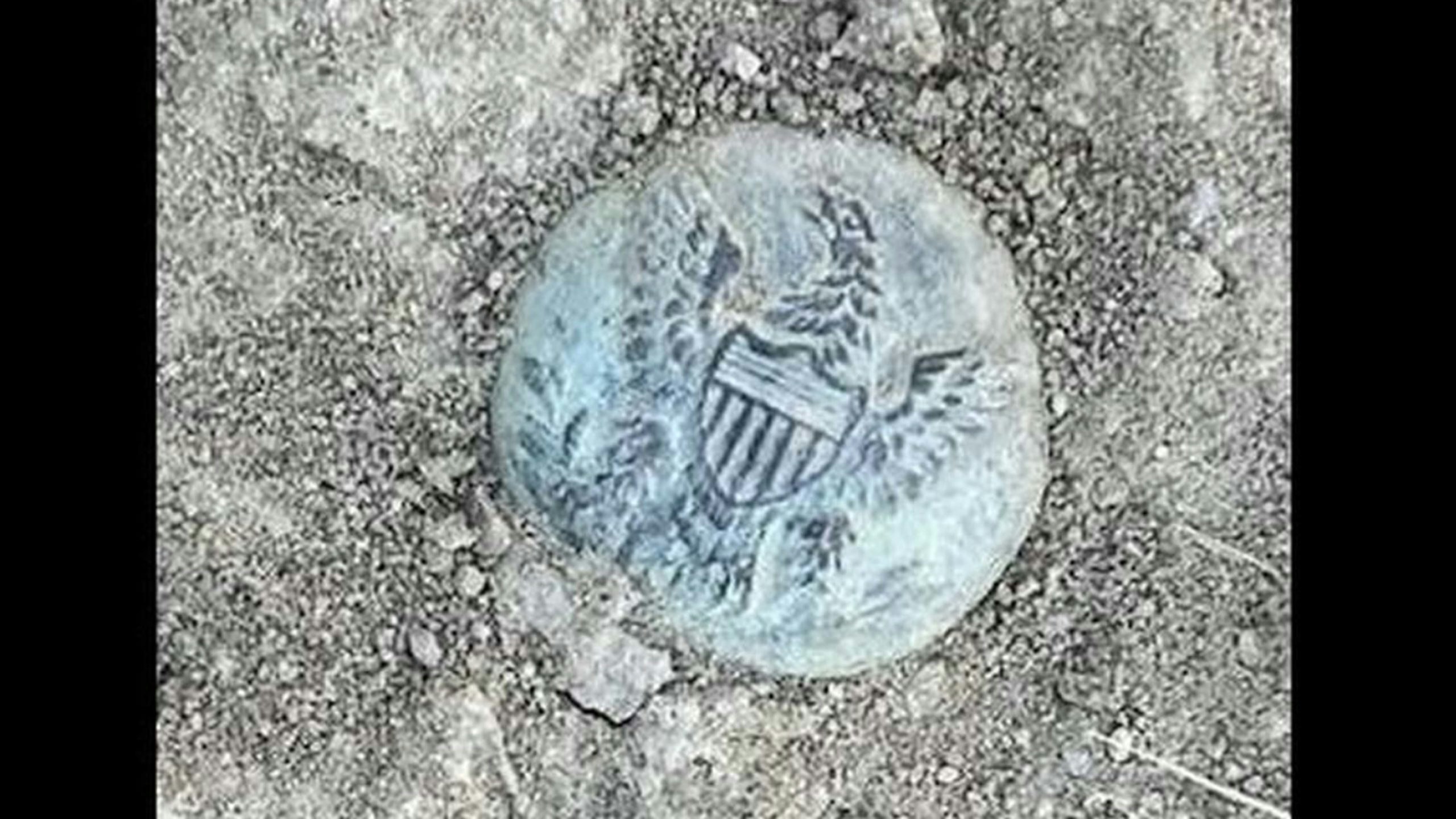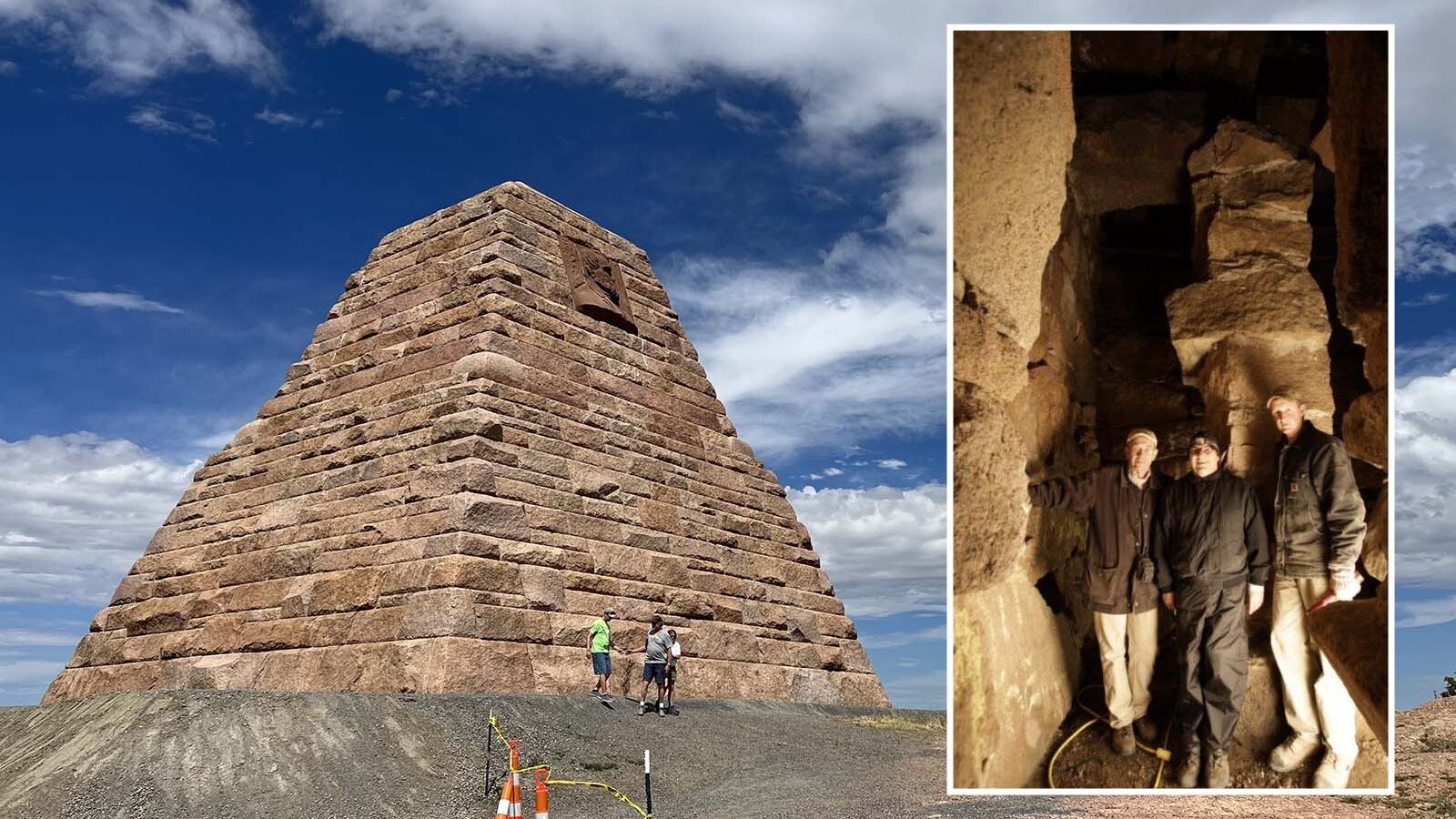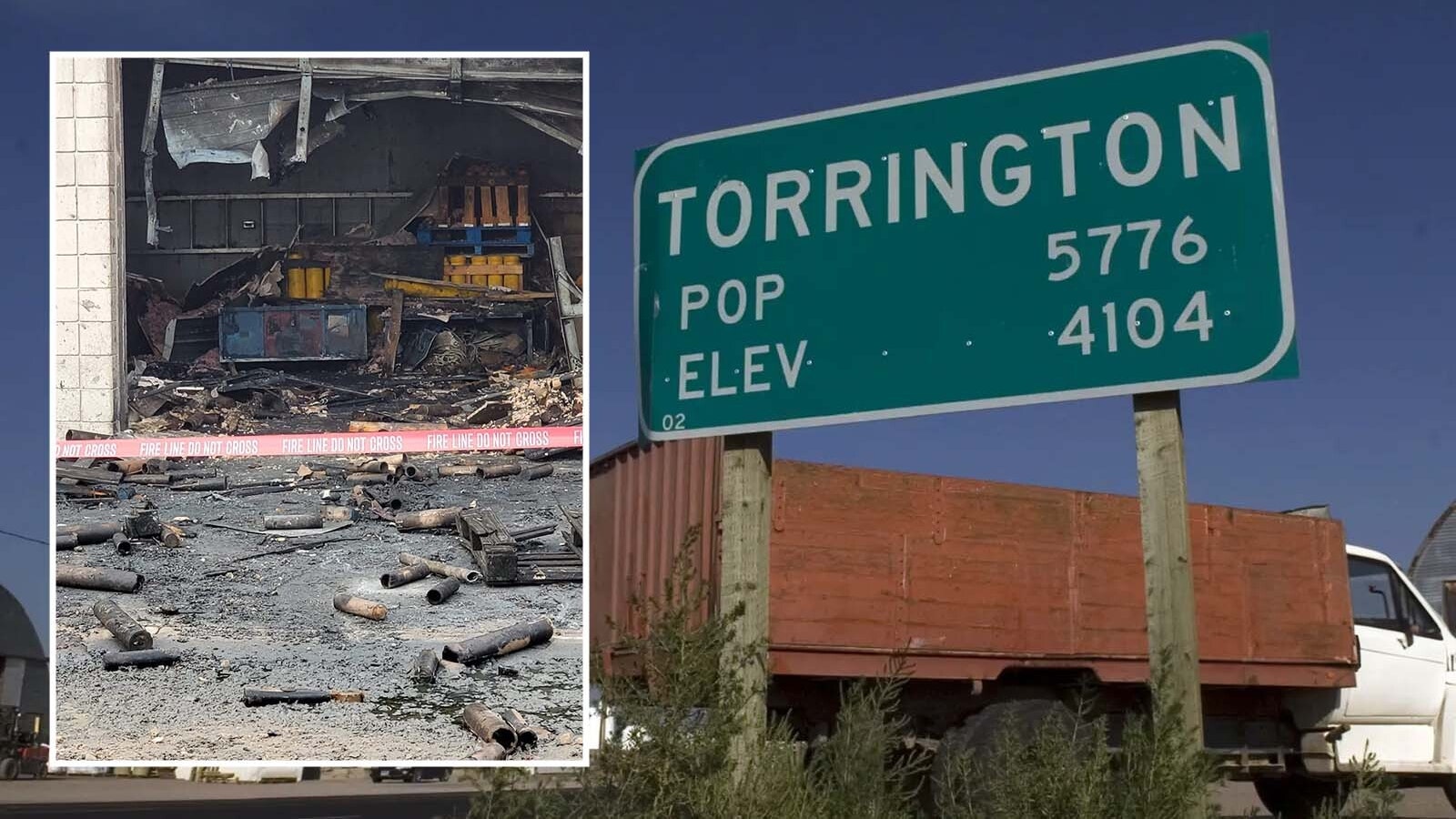By Wendy Corr, Cowboy State Daily
Just over the Wyoming-Montana border, ghostly memories haunt the plains.
In late June of 1876, warriors of the Lakota Sioux, Northern Cheyenne and Arapaho tribes battled soldiers of the 7th Regiment of the US Cavalry on the banks of the Little Bighorn River in southeast Montana.
The 274 soldiers who followed George Armstrong Custer into battle were killed – including Custer himself. Among the combined tribes, at least 50 perished.
Some say their spirits still roam over the place where so many lost their lives. And sometimes, those ghostly memories become real enough to see and touch.
Infantry Cuff Button
On Monday, three groups of visitors to the Little Bighorn Battlefield National Monument near Hardin reported an unusual find – a small button, about the size of a dime, bearing the insignia of a general infantryman from the Civil War.
Stan McGee, Chief of Interpretation and Public Information Officer at the Little Bighorn Battlefield, said based on the button’s size, it would have been a cuff button, or sewed onto a military vest. But he said there’s no telling if it was attached to a uniform that has since been reclaimed by the elements, or if it simply fell off during the battle.
“It’s a general enlisted man’s button,” he said, adding that the buttons were made for Civil War uniforms and were most likely made of brass.
“It’s oxidized from being in the ground,” he said, referring to the artifact’s bluish tinge. “And you know at the time it would have been bright polished brass.”
Civil War Connection to the Indian Wars
McGee said that after the Civil War was over, the War Department had a surplus of buttons, along with other uniform pieces.
“So those Civil War buttons would commonly be reissued for the Indian Wars as well,” he said, explaining the appearance of such a button on a battlefield in Montana.
McGee, who only recently arrived in Hardin after several years at the Harper’s Ferry
National Historic Park in West Virginia, is primarily a Civil War historian.
“I’ve pretty much covered the Civil War, not only in my career with the Park Service, but before my career with the Park Service,” he told Cowboy State Daily. “And Civil War history just kind of segues into western Indian War history too, because a lot of those soldiers had fought during the Civil War, and a lot of them transitioned out here to the Indian Wars as well.”
Artifacts Surface After Extreme Weather
McGee said extreme weather events, such as fires or heavy rains, can sometimes reveal artifacts hidden below the surface of the soil.
“After those big fires back in the 1980s and early ‘90s, a lot of artifacts did pop up,” he said, adding that those were mostly spent cartridges and bullets.
But those artifacts have helped to interpret what happened on those fateful days in 1876.
“After those fires in ‘80, and in the ‘90s, we were able to trace battle lines through all the finds that we discovered,” he said.
But McGee said there haven’t been any other interesting finds – until recently.
“Nothing major has been found since the ‘90s,” he said. “But it seems just recently, some stuff is starting to pop up and be found again.”
Doing the Right Thing
McGee said all three of the groups that discovered the button Monday did the right thing – rather than picking up the artifact, they simply took pictures of it, then reported the sighting to park officials.
McGee said the acting superintendent of the park, along with the park’s curator and McGee, went to the location and removed the button from the battlefield, because of its visibility.
“If it would have been in tall grass where it wasn’t visible, we would have just left it alone,” he said, “but we were worried that maybe the fourth or fifth visitors that noticed it would have just picked it up, and put in their pocket.”
McGee said that in his experience, moments like these are opportunities to teach the public about the rules regarding national historic sites.
“If individuals are caught removing a historical object from federal lands, it can result in a $5,000 fine, and even up to six months in jail,” he said. “What was really cool about the one group, it was a family with a young girl, probably about the age of 12, and it was kind of like a learning moment for her, to do the right thing.”





